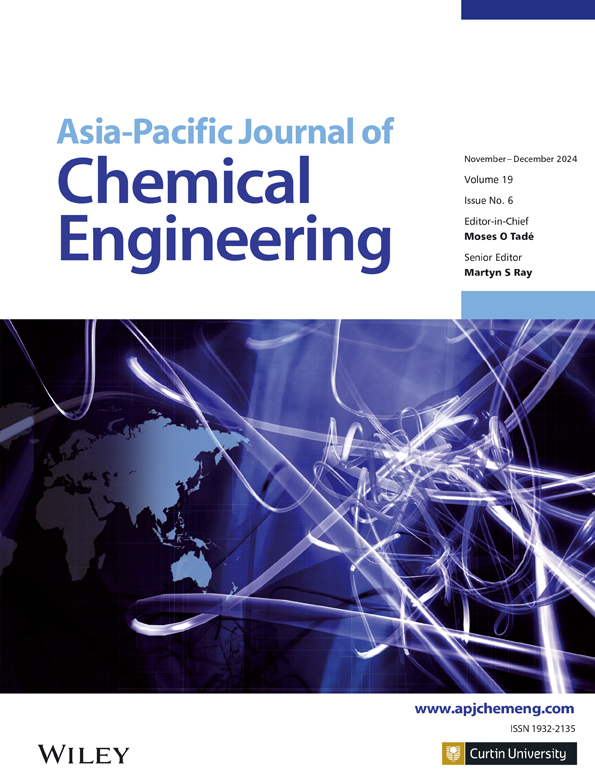Experimental studies on mechanism whereby premixed chamber length and equivalence ratio collaboratively influence self-excited thermoacoustic instability
Abstract
Self-excited thermoacoustic instability (SETAI) is a dangerous phenomenon in combustion equipment. While it is widely acknowledged that SETAI behavior is determined by the couple between pressure and heat release oscillation, their phase difference is difficult to predict, which impedes the development of SETAI control technology. With the aim of passive control technology development, this paper conducted experiment on a premixed hedge combustor to explore the mechanism whereby premixed chamber length (LP) and equivalence ratio (φ) collaboratively influence SETAI behavior. Results showed LP mainly affects the pressure mode shape within premixed chamber and consequently alters the phase difference between pressure and flowrate oscillation at combustion chamber inlet. Changing φ gives rise to different reaction time-lag (τ), thus altering the phase difference between flowrate and reaction heat release oscillation. By introducing this flowrate oscillation, how LP and φ collaboratively determine phase difference between pressure oscillation and heat release oscillation was clarified. The mechanisms identified in this study are consistent with the emerging rationalization of the factors contributing to SETAI, and also provides better understanding on Rayleigh criterion and guidance for SETAI control. With further work on heat release and flow rate measurement, as well as the development on τ description, SETAI can be better predicted and controlled.
CONFLICT OF INTEREST STATEMENT
The authors declare that they have no known competing financial interests or personal relationships that could have appeared to influence the work reported in this paper.




